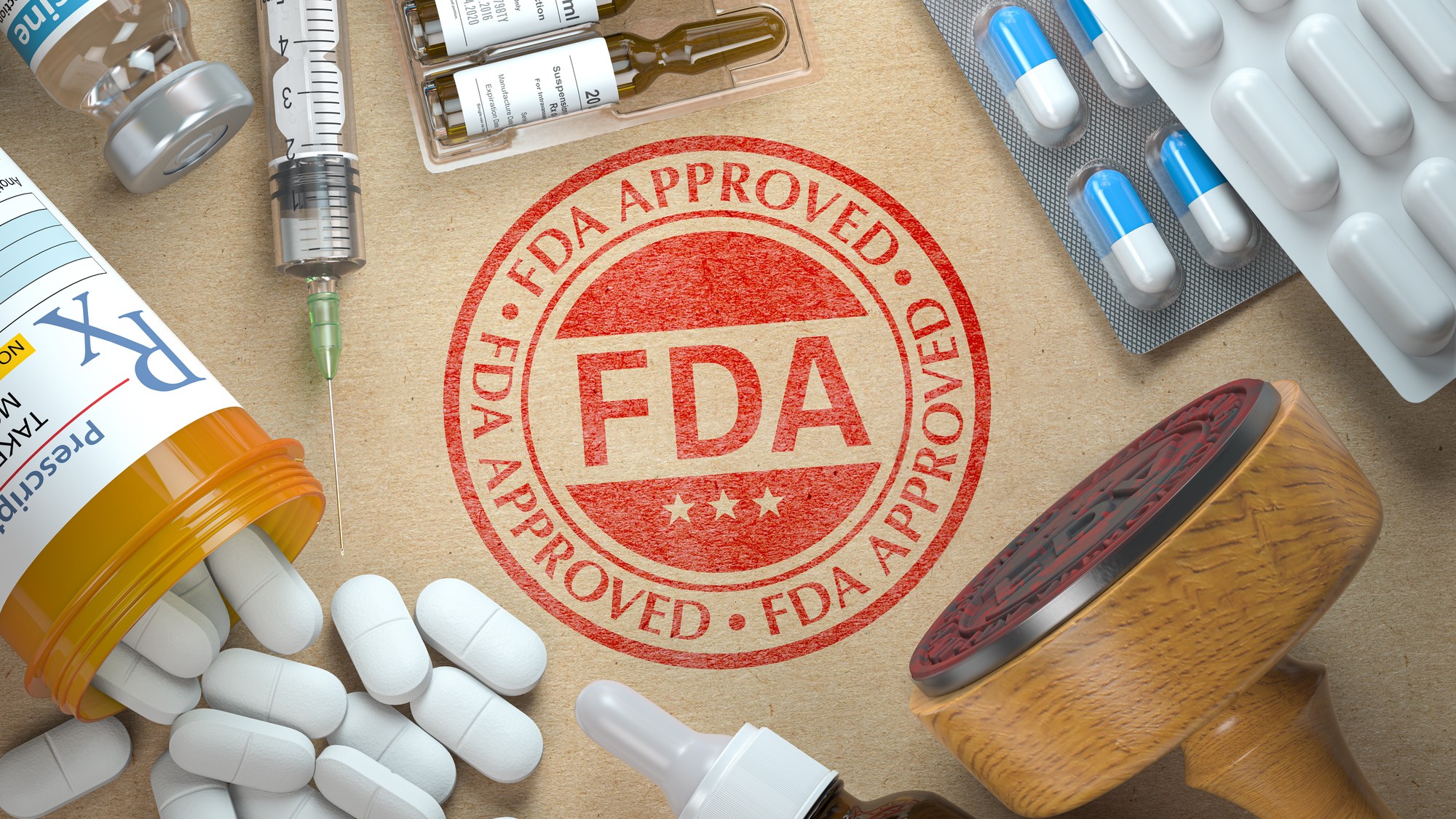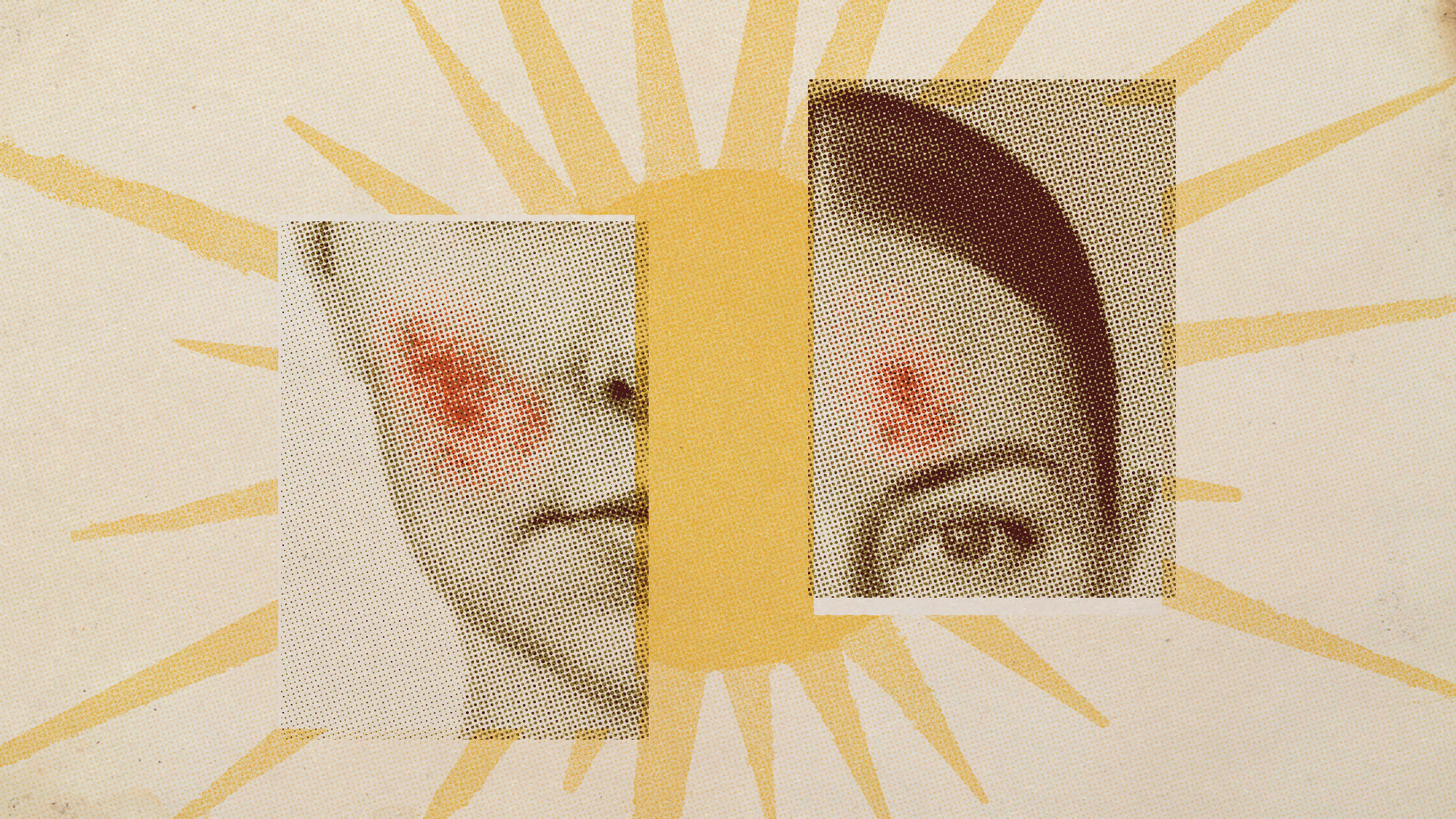Why is the FDA slow to ban food additives?
A legal loophole lets things slide


Though the Food and Drug Administration just banned the use of Red Dye No.3 in foods, the coloring was banned back in 1990 for use in cosmetics after being linked to cancer in rats. So much time passed because The FDA has a rule for food additives that "gives corporations the license to add potentially harmful ingredients to foods without regulatory oversight or public notice," said The Los Angeles Times. The legal loophole is the agency's "generally recognized as safe" (GRAS) designation.
What did the commentators say?
The dye is a "color additive made from petroleum," which "could previously be used in foods in small amounts as approved by the FDA on a per-case basis," said Forbes. Scientists have been pushing for a ban in food for decades, and California became the first state to ban it, with 10 other states introducing legislation to do so.
But the GRAS designation was "created so that common household ingredients with a long history of safe use in food — like oil and vinegar, baking soda, and everyday spices and seasonings — would not have to go through rigorous safety reviews," said The Washington Post. The problem is that under the current rules "companies can skirt the premarket approval process and determine on their own that a new food additive or substance is 'generally recognized as safe.'" But "how companies go about determining that a new ingredient is safe is up to them."
The Week
Escape your echo chamber. Get the facts behind the news, plus analysis from multiple perspectives.

Sign up for The Week's Free Newsletters
From our morning news briefing to a weekly Good News Newsletter, get the best of The Week delivered directly to your inbox.
From our morning news briefing to a weekly Good News Newsletter, get the best of The Week delivered directly to your inbox.
This permits companies to convene their own panel of experts without regulation. The FDA then reviews the safety assessment. "In a safety assessment there usually are four sections: toxicology, chemistry, environmental impact and policy," said Linda Birnbaum, the former director of the National Institute of Environmental Health Sciences, and Dr. Maricel V. Maffini, an independent consultant who works on human and environmental health and chemical safety, regulation and policy, in an op-ed for Environmental Health News. "But it is unclear whether there is an epidemiologist among the reviewers." The FDA is also not required to reevaluate the safety of additives once they have been allowed.
This differs from the EU. "If there are doubts about whether a chemical is safe or if there's no data to back up safety, the E.U. is much more likely to put a restriction on that chemical or just not allow it into the food supply at all," Melanie Benesh, the vice president of government affairs at the Environmental Working Group, said to Vox.
The FDA has given drug manufacturers until Jan. 18, 2028, and food manufacturers until Jan. 15, 2027, to reformulate their products to remove it. Red 3 has already been banned for most uses in food products in the EU, Australia and New Zealand.
This is not the first time the FDA has been slow to ban a food additive that many other countries have. There are "more than 10,000 chemicals and additives allowed in food in the United States, often in small amounts," said CBS News. "But many haven't been evaluated by the Food and Drug Administration in decades." The Trump administration has been vocal about its distrust of the FDA and has instructed all health agencies to "pause all external communications, such as health advisories, weekly scientific reports, updates to websites and social media posts," likely for review, said The Washington Post.
What next?
While the FDA has banned Red 3, the ban "could face legal challenges from food manufacturers because evidence hasn't determined that the dye causes cancer when consumed by humans," said Euronews. Many companies have already reformulated or are working on doing so by using "beet juice; carmine, a dye made from insects; and pigments from foods such as purple sweet potato, radish and red cabbage."
A free daily email with the biggest news stories of the day – and the best features from TheWeek.com
The Red Dye No. 3 ban has been a long time coming, and experts have been looking to have other additives reassessed including Red Dye No. 40, BHA, brominated vegetable oil, potassium bromate and propyl paraben, which "have been linked to an increased risk of cancer and hyperactivity in children," said the Post. "Consumers should not be placed, as they have for the last several decades, in this situation where they need to check the package every time to see if this chemical that FDA should have banned is still there," Dr. Peter Lurie, the executive director of the Center for Science in the Public Interest, said to The New York Times.
Devika Rao has worked as a staff writer at The Week since 2022, covering science, the environment, climate and business. She previously worked as a policy associate for a nonprofit organization advocating for environmental action from a business perspective.
-
 6 lovely barn homes
6 lovely barn homesFeature Featuring a New Jersey homestead on 63 acres and California property with a silo watchtower
-
 Film reviews: ‘Marty Supreme’ and ‘Is This Thing On?’
Film reviews: ‘Marty Supreme’ and ‘Is This Thing On?’Feature A born grifter chases his table tennis dreams and a dad turns to stand-up to fight off heartbreak
-
 Political cartoons for December 14
Political cartoons for December 14Cartoons Sunday's political cartoons include a new White House flag, Venezuela negotiations, and more
-
 Stopping GLP-1s raises complicated questions for pregnancy
Stopping GLP-1s raises complicated questions for pregnancyThe Explainer Stopping the medication could be risky during pregnancy, but there is more to the story to be uncovered
-
 Choline: the ‘under-appreciated’ nutrient
Choline: the ‘under-appreciated’ nutrientThe Explainer Studies link choline levels to accelerated ageing, anxiety, memory function and more
-
 Ultra-processed America
Ultra-processed AmericaFeature Highly processed foods make up most of our diet. Is that so bad?
-
 Tips for surviving loneliness during the holiday season — with or without people
Tips for surviving loneliness during the holiday season — with or without peoplethe week recommends Solitude is different from loneliness
-
 More women are using more testosterone despite limited research
More women are using more testosterone despite limited researchThe explainer There is no FDA-approved testosterone product for women
-
 Climate change is getting under our skin
Climate change is getting under our skinUnder the radar Skin conditions are worsening because of warming temperatures
-
 Is this the end of ultraprocessed foods?
Is this the end of ultraprocessed foods?Today's Big Question California law and the MAHA movement are on the same track
-
 Can TrumpRx really lower drug prices?
Can TrumpRx really lower drug prices?Today’s Big Question Pfizer’s deal with Trump sent drugmaker stocks higher
